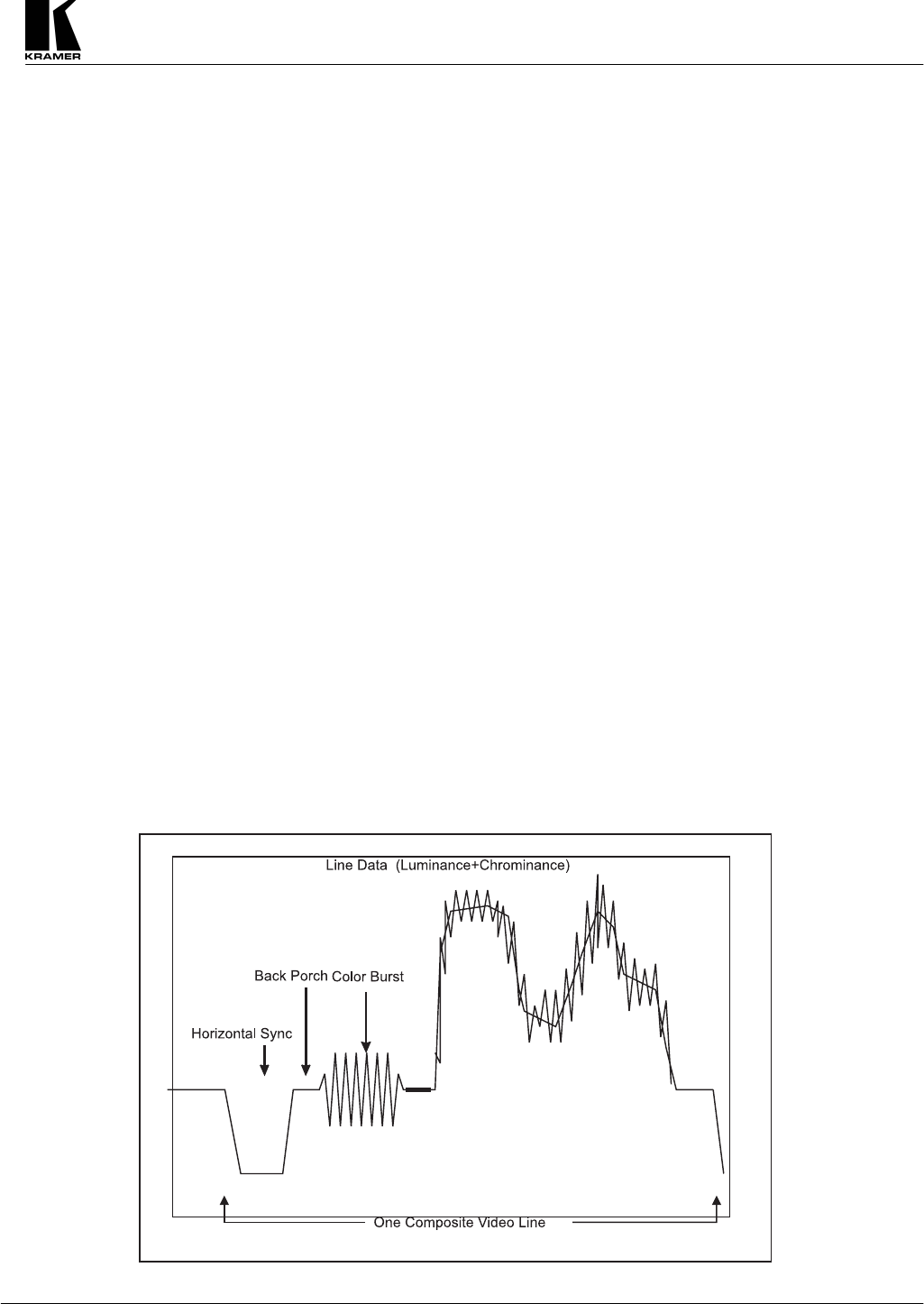
Kramer Electronics Ltd.
1
1 INTRODUCTION
Congratulations on your purchase of this Kramer Electronics Sync processor. Since 1981 Kramer has been
dedicated to the development and manufacture of high quality video/audio equipment. The Kramer line
has become an integral part of many of the best production and presentation facilities around the world. In
recent years, Kramer has redesigned and upgraded most of the line, making the best even better. Kramer’s
line of professional video/audio electronics is one of the most versatile and complete available, and is a
true leader in terms of quality, workmanship, price/performance ratio and innovation. In addition to the
Kramer line of high quality processors, such as the one you have just purchased, Kramer also offers a full
line of high quality distribution amplifiers, switchers, interfaces, controllers and computer-related
products. This manual includes configuration, operation and information for the following products from
the Kramer line of Sync processors. All these Sync processors are similar in operation and features.
SG-6N
- Sync Processor
SG-7
- Sync Transcoder
SG-9
- Sync Processor
SG-11
- Sync to Green Adder/Stripper
SG-6003B
- Black Burst/Bar Generator
1.1 A Word on Sync Signals
All video signals received by a monitor carry with them synchronization information. Whether they are
analog signals (Composite, Y/C, Component and RGB) or digital (SDI, etc.), the synchronization signals
are needed for proper alignment of the image on the screen. In most video formats, there are two types of
sync signals: horizontal sync and vertical sync. Many problems, though sync related, are sometimes
misinterpreted, and other components of the signals are blamed instead.
1.1.1 Horizontal Sync
The horizontal sync in a composite video signal (often referred to as line sync) is a short, negatively
directed pulse, found at the beginning of each scan line of the monitor (see Figure 1). Basically, this pulse
“tells” the monitor: “be prepared, a line of data is coming”. Horizontal sync resides in the blanking area
(the unseen part of the signal), and so is not visible on the screen. The number of line sync pulses equals
the number of video lines.
Figure 1: Horizontal Sync


















